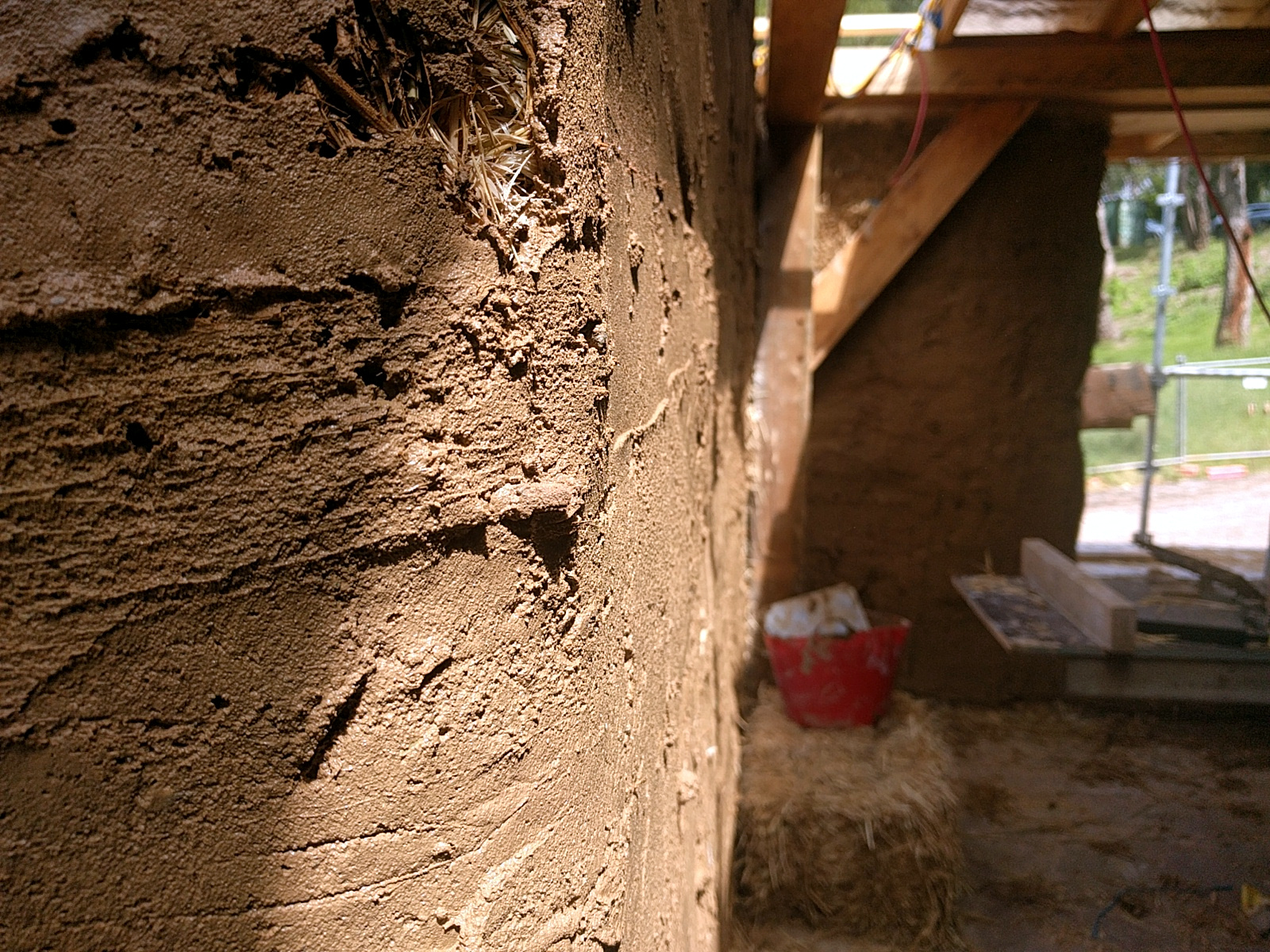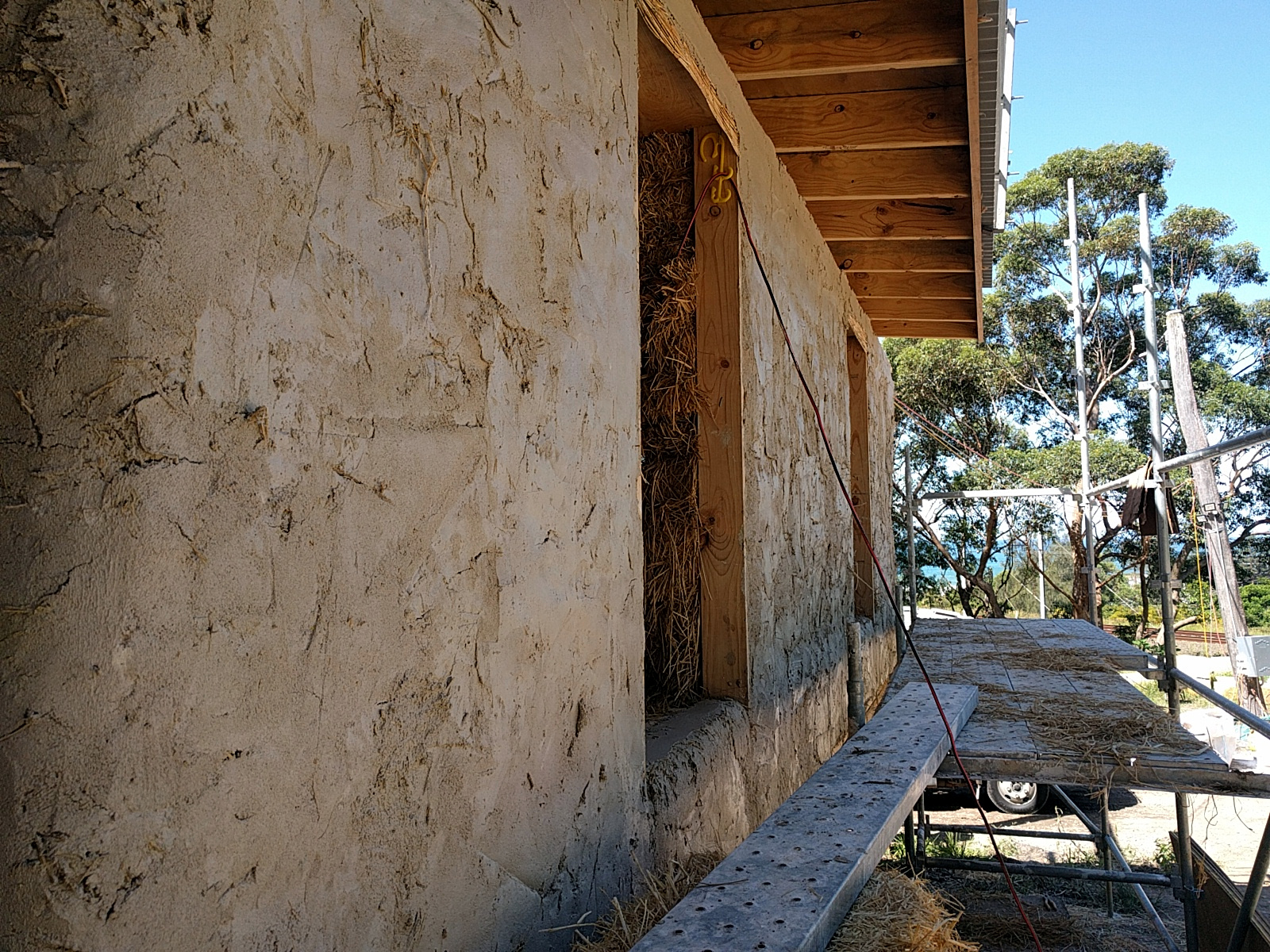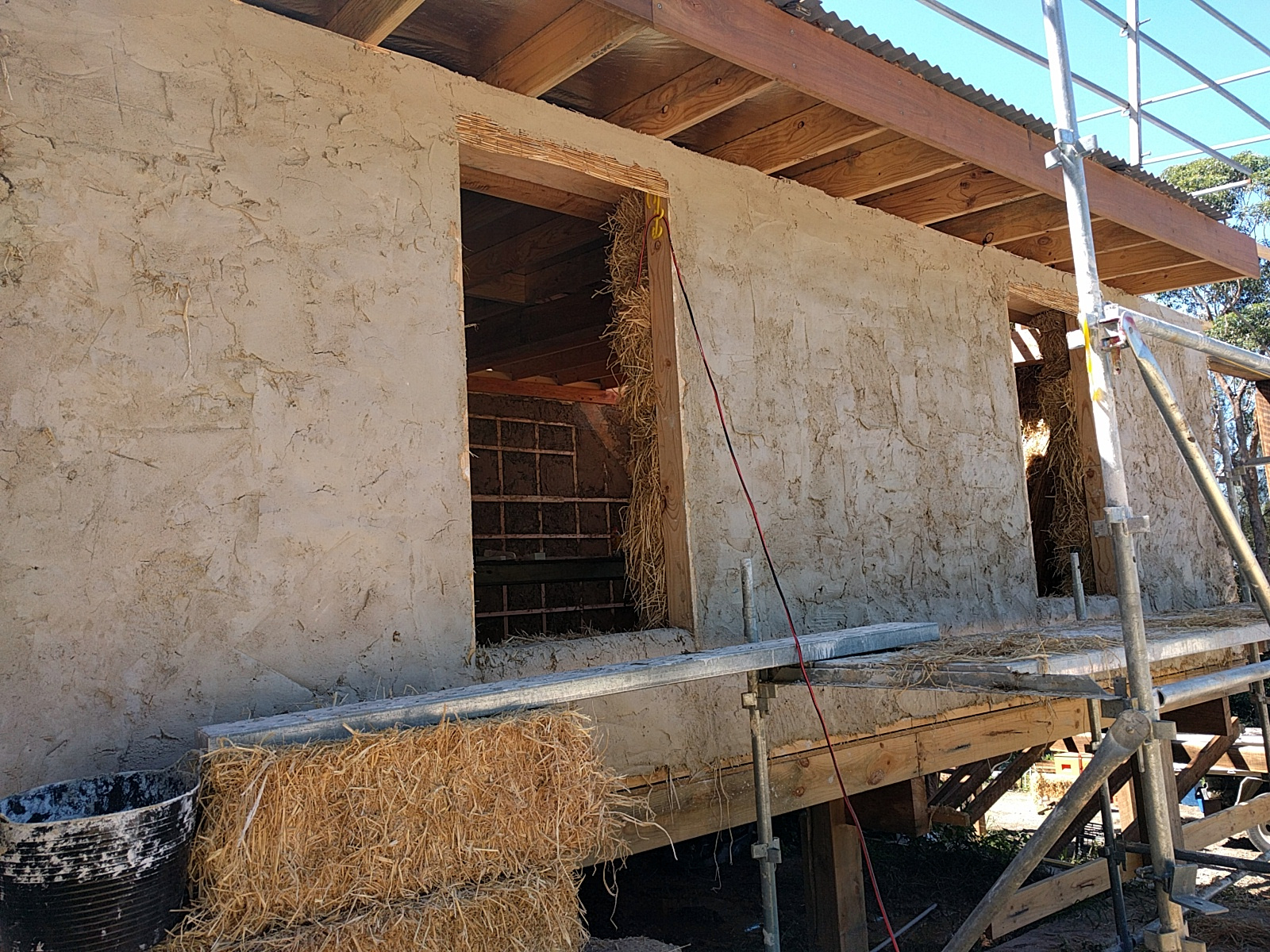I want to dive a bit deeper into what makes a sustainable house and explore in particular issues of design and construction. In that research one simple equation stood out for me: the bigger the house the less sustainable it will be.
Although size matters, it is not the only factor in determining whether a house is sustainable or not. Aside from government regulations, sustainability can very much lie in the eye of the beholder.
Key issues for sustainable design
Energy
I posted earlier that energy efficiency is a major aspect of a sustainable house. And while that holds true, it is not the only aspect to consider when planning and constructing a sustainable house.
Size
As I said above, size matters. A large house uses more resources than a small house. It requires more material, more land, more labour, more energy, and can produce more emissions. It is important to think about size when planning a sustainable house. How much floor space and how many rooms do I really need? Just take this example from an Earthship builder who planned a house too large.
Resources
With size comes the question of resources. There are three basic approaches to building materials in a sustainable house, none better than the other. The first approach is to source materials from certified construction companies, paying attention to sustainable aspects of production of the materials. The second approach is one which prefers local materials over certified ones. The focus on local, of course, comes with availability. The third approach to building materials in a sustainable house is to use reused and reclaimed materials. These materials can come at a low price but can require extensive labour and time frames. A sustainable house can incorporate all of these approaches or just one or two.
Location
The next key issue when designing a sustainable house is to consider land use and location. Every location has different demands and offers different possibilities. The important thing to keep in mind, however, is that every building will affect the natural environment. A good building design can only reduce the impact but never negate it.
Quality of life
Last but not least a good design considers the future quality of life of any occupant of the house. The quality of life is simple things like a reduction of noise, ample natural light, views, good ventilation, and proper layout of the house. These features might be simple but could easily be forgotten when other aspects of sustainable buildings are applied. Just take the orientation of the house and potential views and/or noise. It might be not practical to have a house facing the sun when it means looking over a busy road.
Construction methods
Included in the design are also construction methods. In short, there is “light and tight” versus “mass and glass”. A house is considered light and tight when a timber frame carries the house. There are a variety of different timber frames available, from lightweight framing to ‘post and beam‘. Whatever timber frame is used, for the house to be sustainable it requires good insulation with that timber frame.
A “mass and glass” house is one that is built with masonry walls and lots of glass. Masonry walls are part of the thermal mass group of building materials and are able to store heat. In combination with glass, the idea behind this construction method is that the sun heats up the walls which then radiate the heat into the rooms. This combination works great in places with ample sun but masonry walls require lots of energy to heat up without any sun.
Into the category of construction methods also falls the question of ventilation. There is the obvious positioning of windows. Another interesting aspect is the possibility of breathing walls or, in better terms, vapour permeable walls. These walls transport moisture from the inside to the outside, the main purpose of ventilation. A sustainable design will incorporate both those principles into a house and its ventilation.
External features
Now, a sustainable house exists in its surroundings. Any design should therefore not only keep the house in mind but also external features. Here I’m thinking of driveways, waste systems, water supply and sewage, and landscaping. A sustainable house should match its surrounds.
I realise that there is a lot to think about when it comes to a sustainable house. The key will be to research, connect with other builders and suppliers, check local council regulations, and to take your time when making decisions and when building the house.




